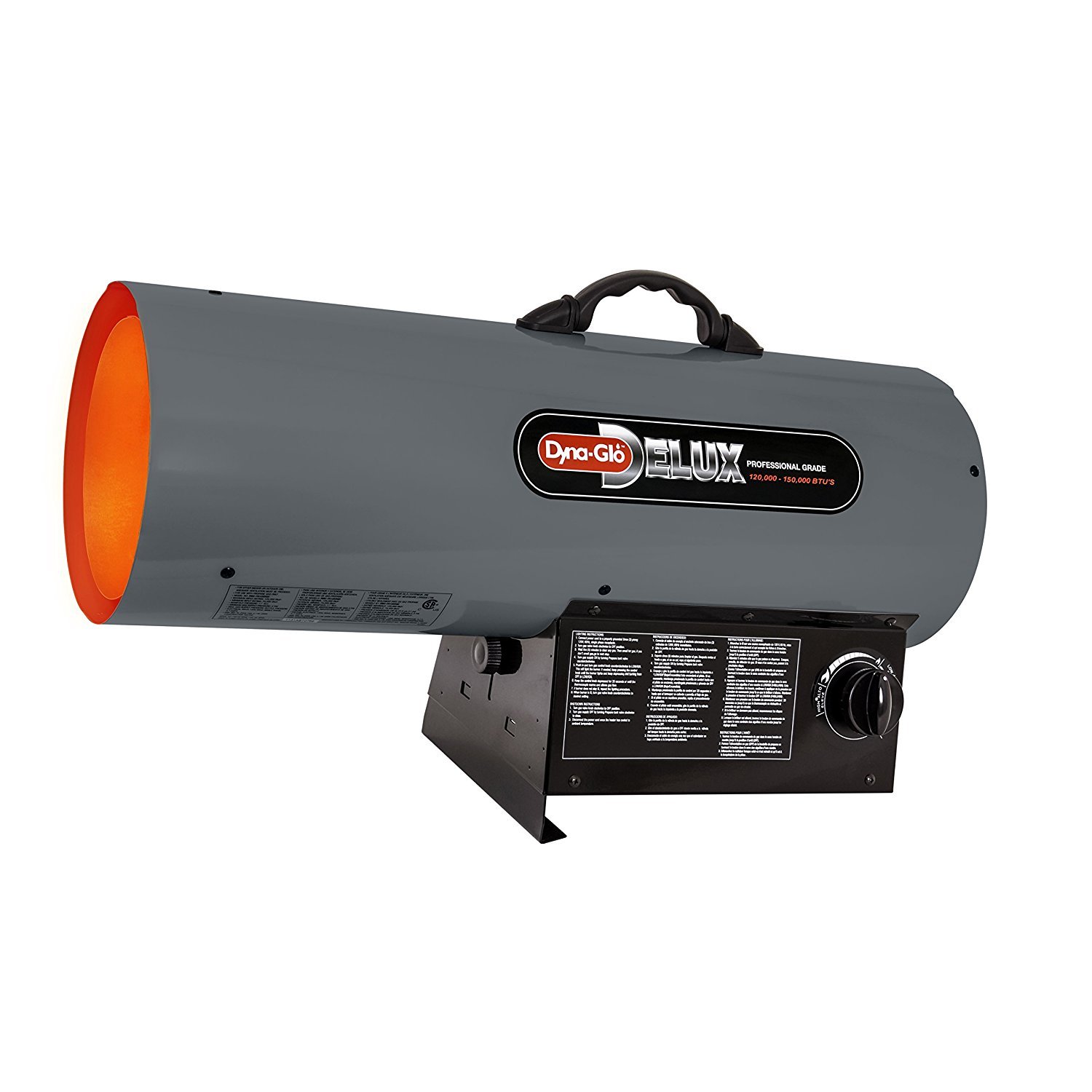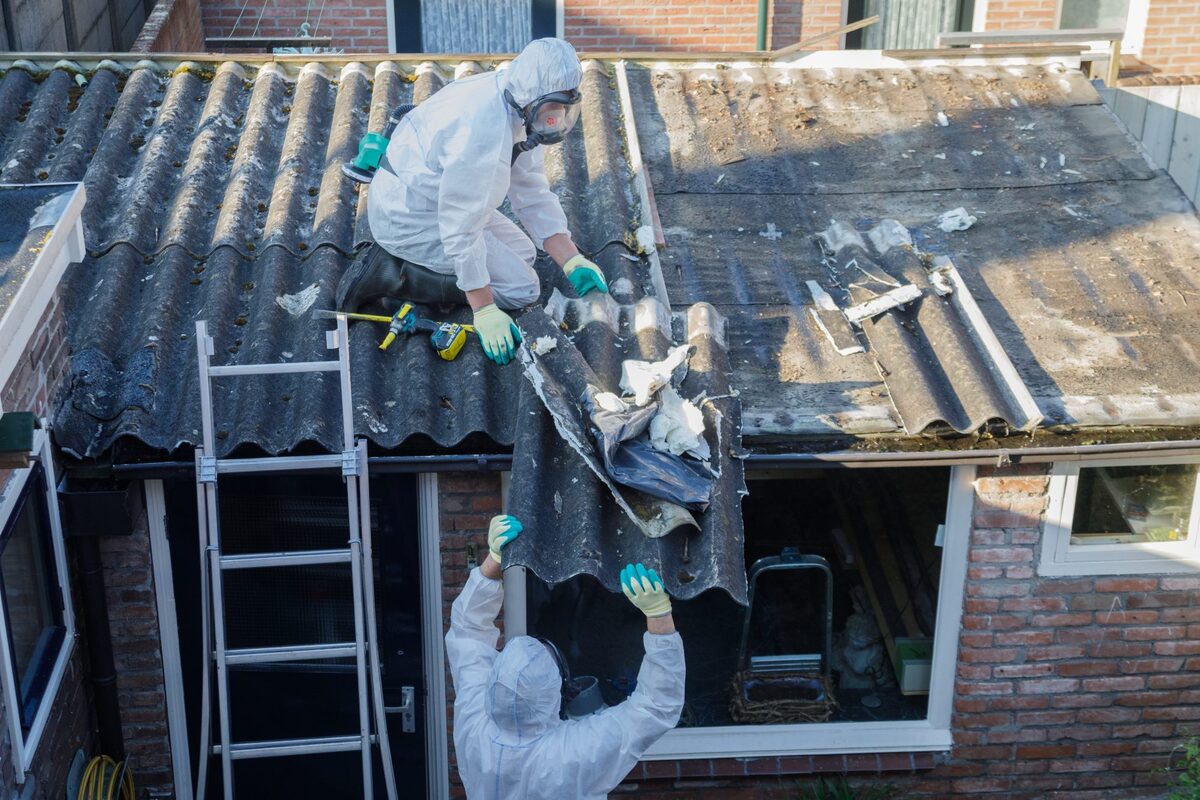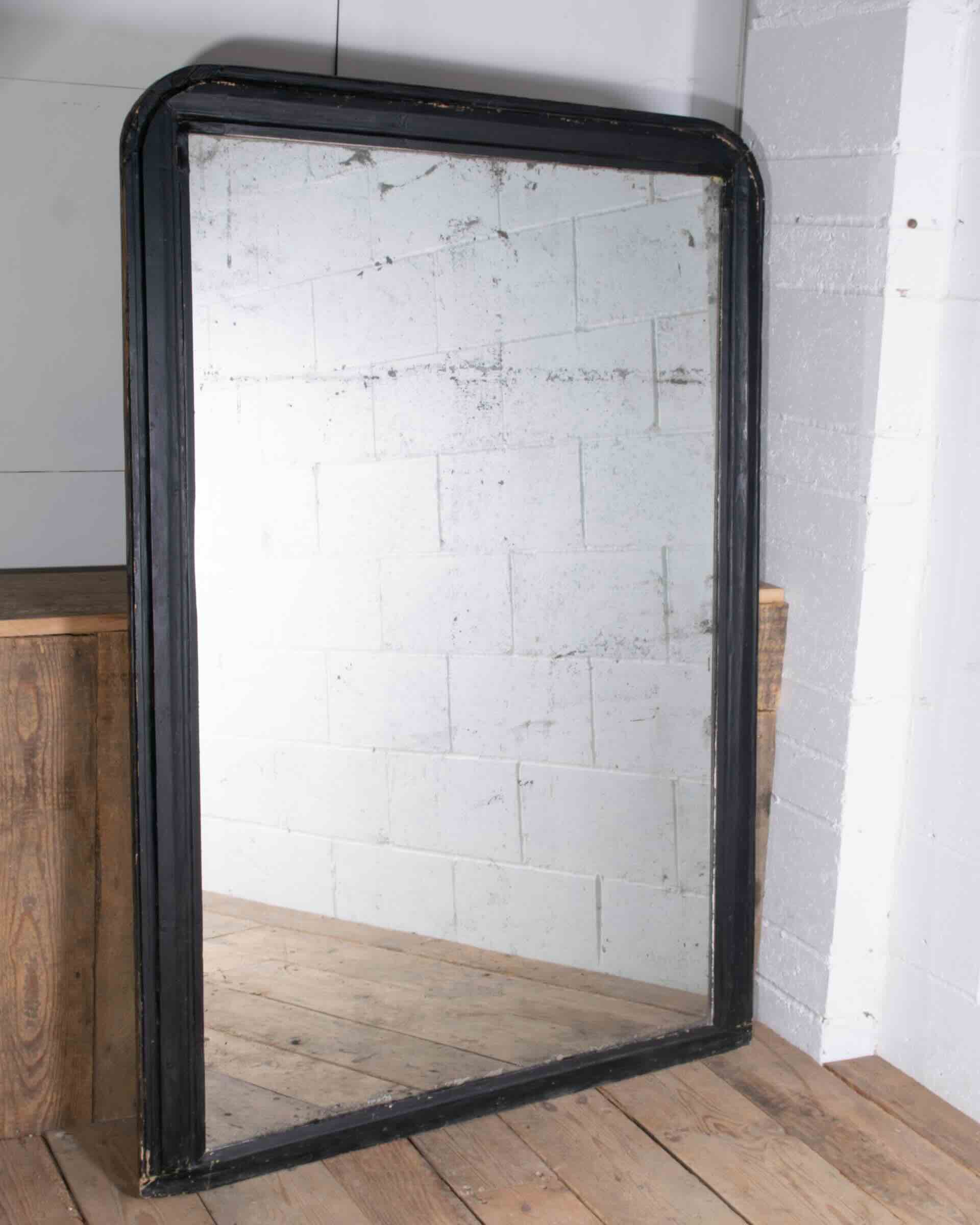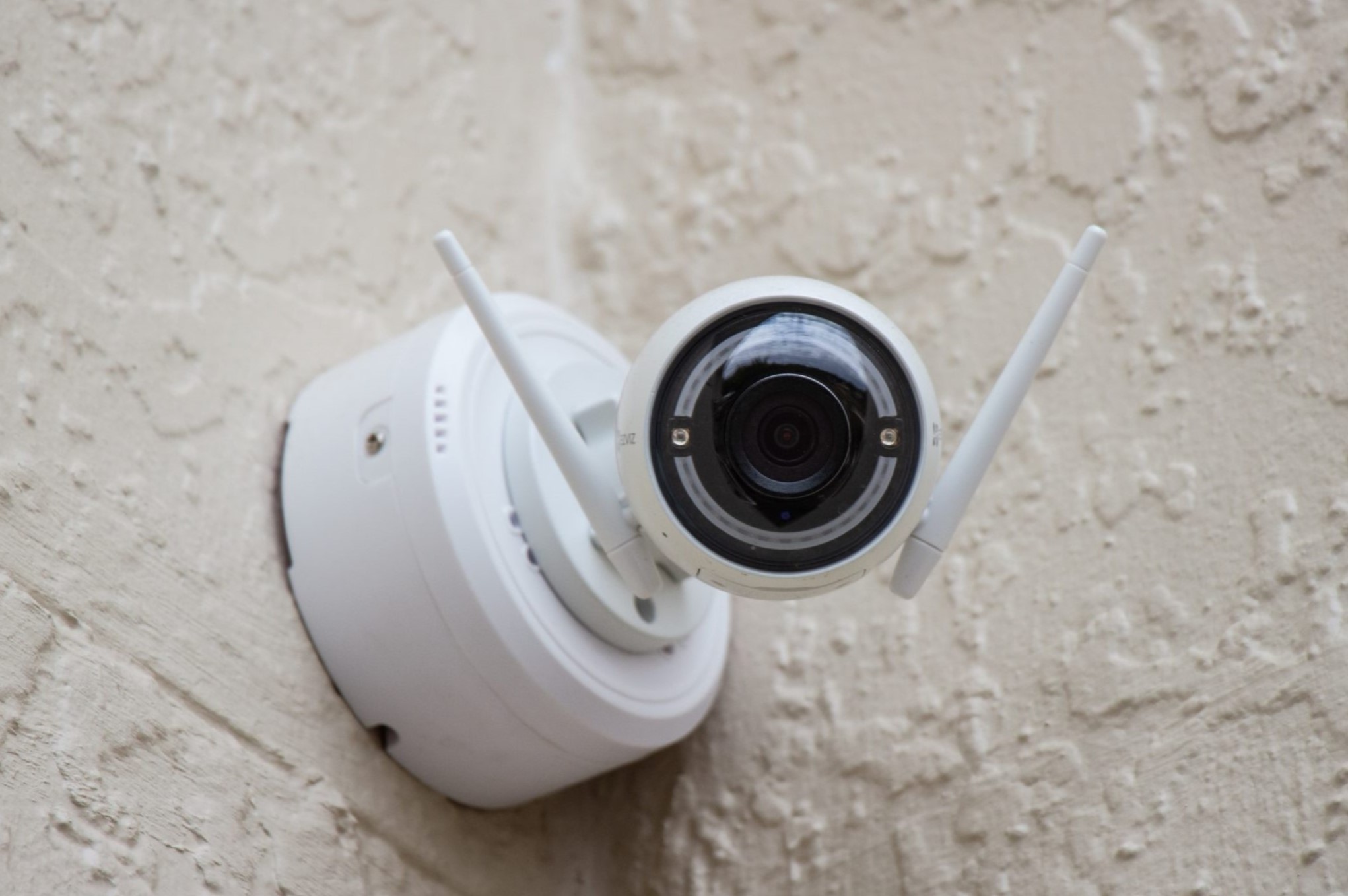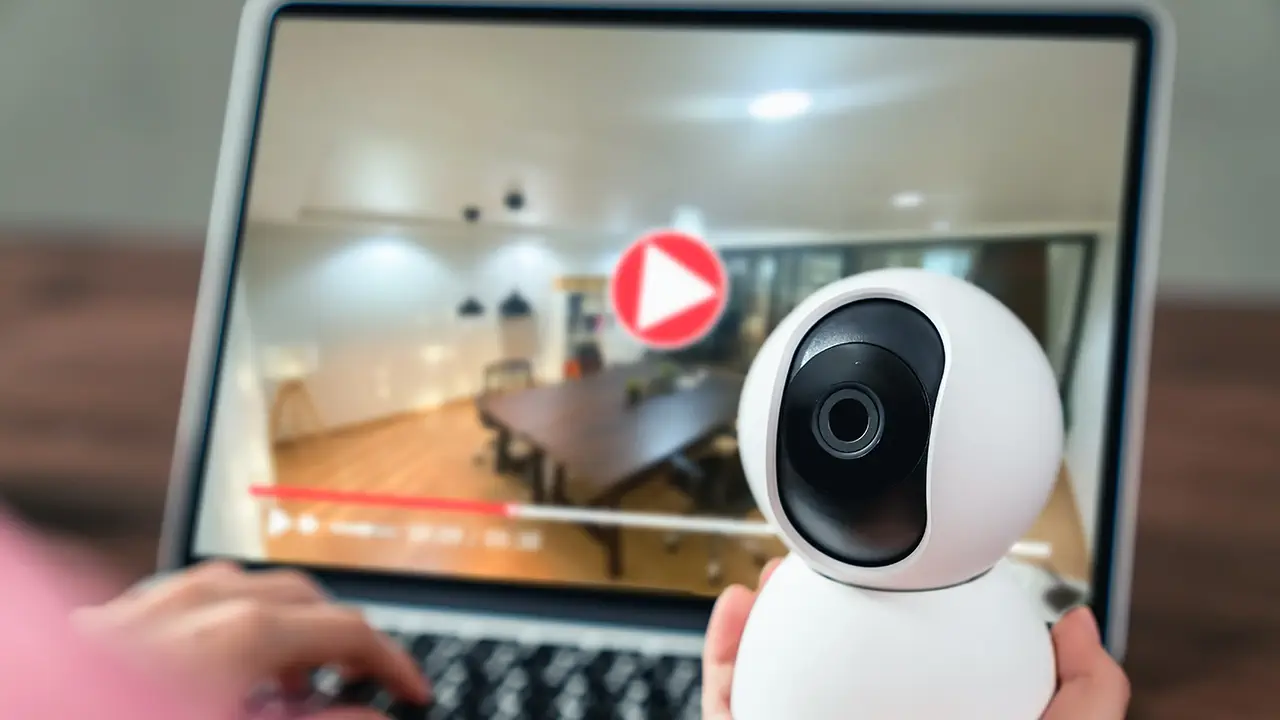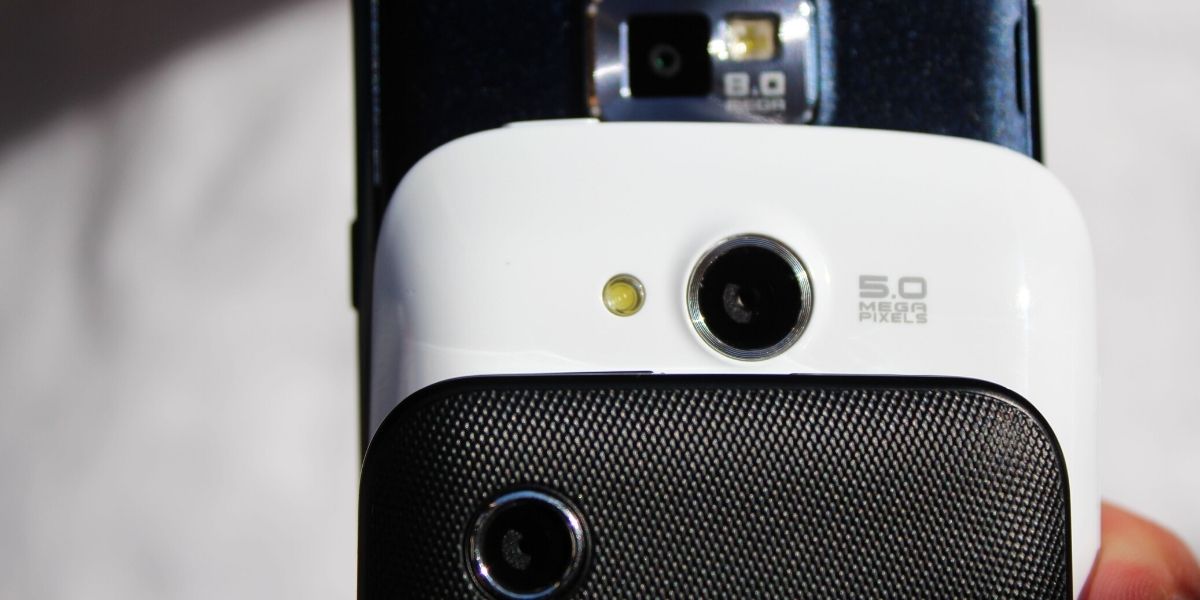Home>Home Security and Surveillance>When Did Security Cameras Start Being Used
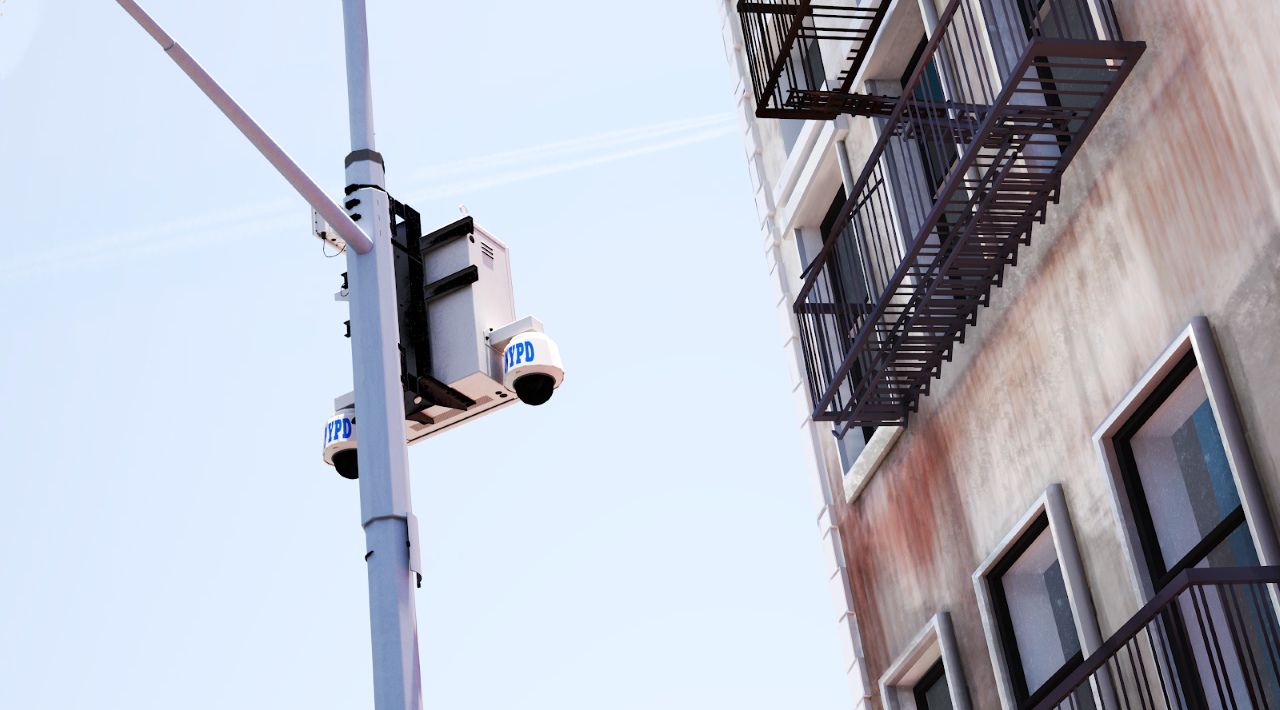

Home Security and Surveillance
When Did Security Cameras Start Being Used
Modified: March 6, 2024
Discover the history of home security and surveillance. Learn when security cameras first started being used and how they have evolved over time.
(Many of the links in this article redirect to a specific reviewed product. Your purchase of these products through affiliate links helps to generate commission for Storables.com, at no extra cost. Learn more)
Introduction
Welcome to the world of home security and surveillance! In today’s modern and fast-paced society, ensuring the safety of our homes and loved ones has become a top priority. One of the most effective tools in achieving this goal is the use of security cameras. These devices have revolutionized the way we protect our homes, providing a watchful eye that never sleeps.
But have you ever wondered when security cameras first came into existence? How did they evolve over time to become the sophisticated devices we rely on today? In this article, we will explore the early origins of surveillance, the rise of closed-circuit television (CCTV), the evolution of surveillance technology, the impact of security cameras on crime prevention, controversies and privacy concerns surrounding them, and the future of these remarkable devices.
So buckle up as we embark on a journey through time to uncover the fascinating history of security cameras and their role in keeping our homes safe.
Key Takeaways:
- Security cameras have a long history, evolving from ancient peepholes to modern AI-powered systems, revolutionizing home security and crime prevention.
- While security cameras provide safety, they also raise privacy concerns. Balancing security and privacy is crucial for their responsible and effective use.
Read more: When Did They Start Using PVC For Plumbing
Early Origins of Surveillance
The concept of surveillance can be traced back to ancient times when communities relied on watchmen or guards to keep a lookout for potential threats. In ancient Egypt, for example, houses were equipped with small openings called “peepholes” through which the occupants could observe the outside world without being seen.
However, it was in the 17th century that the first real attempt at surveillance technology came to light. German polymath and inventor, Auguste Kerckhoffs, devised a system using mirrors and lenses to create a primitive form of surveillance camera. This early invention allowed observers to view activities in adjoining rooms without being physically present.
The true breakthrough, however, came in the 19th century with the invention of the photographic camera. This laid the foundation for the development of modern surveillance technology. The first recognizable surveillance cameras appeared during the latter part of the 19th century and the early 20th century.
In 1860, French photographer and inventor Louis Ducos du Hauron developed a method for capturing continuous images using a series of plates in a rotating drum. This invention was known as the “electric eye” and paved the way for the future of surveillance cameras.
As the technology continued to advance, surveillance cameras became more widely used in various industries and settings. One notable example is the use of surveillance cameras in banks to monitor for fraudulent activities. The ability to capture visual evidence became an invaluable tool in solving crimes and preventing potential threats.
Throughout the early 20th century, surveillance cameras evolved further with the introduction of closed-circuit television (CCTV) systems. These systems allowed for the simultaneous viewing and recording of footage, marking a significant milestone in the history of surveillance technology.
Overall, the early origins of surveillance can be attributed to the ingenuity and vision of inventors and thinkers throughout history. Their contributions laid the groundwork for the development of security cameras we rely on today in our quest for enhanced home security and surveillance.
The Rise of Closed-Circuit Television (CCTV)
While the invention of the photographic camera laid the foundation for surveillance technology, it was the introduction of closed-circuit television (CCTV) systems that revolutionized the way security cameras were used.
The development of CCTV can be traced back to Nazi Germany in the 1940s. German engineer Walter Bruch created a system known as “Verhüllung” (disguising), which used a camera and a closed circuit to monitor V-2 rocket launches. This early application of CCTV set the stage for its future use in a wide range of industries and settings.
It wasn’t until the 1960s that CCTV cameras became more widely accessible. They were initially used primarily for commercial purposes, such as monitoring production lines and preventing theft in retail stores. As the technology improved, CCTV systems began to find their way into public spaces and government buildings, further expanding their reach.
The rise of CCTV can be attributed to several factors. One key factor was the development of smaller and more affordable cameras, making it easier to install and maintain surveillance systems. The advancement of video recording technology also played a crucial role, allowing for the storage and playback of recorded footage.
Another significant development was the invention of multiplexers in the 1970s. Multiplexers enabled multiple camera feeds to be displayed on a single monitor, maximizing the effectiveness of surveillance systems. This innovation marked a turning point in the widespread adoption of CCTV technology.
CCTV systems became increasingly prevalent in public areas, including streets, parks, and transportation hubs, as a means of deterring crime and ensuring public safety. The presence of security cameras acted as a deterrent, as potential criminals were aware that their actions were being recorded and could lead to prosecution.
With the rise of digital technology in the late 20th century, CCTV systems underwent another significant transformation. Analog systems gradually gave way to digital systems, offering higher image quality, greater storage capacity, and remote access to live and recorded footage.
Today, CCTV cameras are a common sight in various environments, ranging from residential neighborhoods to shopping malls, schools, and even private homes. The advancements in technology have made it easier than ever to set up and manage a CCTV system, allowing individuals to take control of their security.
The rise of closed-circuit television has not only revolutionized the field of home security and surveillance but has also had a profound impact on crime prevention and public safety. By providing a constant watchful eye, CCTV cameras have become an essential tool in deterring criminal activities and ensuring the security of both individuals and communities as a whole.
Evolution of Surveillance Technology
The evolution of surveillance technology has been a remarkable journey, driven by the constant need for improved security and the advancements in digital innovation. From the early days of simple camera systems to the advanced smart surveillance systems of today, the evolution of surveillance technology has transformed the way we monitor and protect our homes.
In the early years, surveillance cameras relied on analog technology. These cameras captured footage using analog signals, which were recorded onto tapes or transmitted through wired connections. However, as technology advanced, digital cameras emerged, bringing significant improvements in image quality and storage capabilities.
With the advent of digital cameras came the introduction of IP (Internet Protocol) cameras. Unlike analog cameras that require dedicated wiring, IP cameras utilize internet connectivity to transmit data. This not only simplified installation but also provided greater flexibility in accessing camera feeds remotely. The shift to IP cameras marked a turning point in surveillance technology by enabling more powerful and intelligent features.
Today, surveillance technology has embraced the era of “smart” surveillance systems. These systems integrate cutting-edge technologies such as artificial intelligence (AI), facial recognition, and motion detection to enhance the effectiveness of security cameras.
AI-powered analytics enable cameras to intelligently identify and categorize objects, people, and activities. This allows for proactive alerts and notifications, making it easier to identify potential threats in real-time. Facial recognition technology takes identification a step further, allowing for the identification of individuals and helping with forensic investigations.
Additionally, advanced motion detection algorithms have significantly improved the accuracy and efficiency of surveillance systems. Cameras can now differentiate between relevant movements, such as a person entering a restricted area, and irrelevant ones, such as tree branches swaying in the wind. This reduces false alarms and ensures that operators can focus on genuine security incidents.
In recent years, the rise of interconnected devices and the Internet of Things (IoT) has further expanded the capabilities of surveillance technology. Smart home integration allows for seamless control and monitoring of security cameras through mobile devices. Users can access live feeds, review recorded footage, and even receive alerts and notifications on their smartphones, providing a heightened sense of security and peace of mind.
As the technology continues to evolve, surveillance systems are becoming more sophisticated and user-friendly. Features such as cloud storage, two-way audio communication, and integration with other smart home devices have become standard, offering a comprehensive and seamless home security experience.
The evolution of surveillance technology has undoubtedly made significant strides in enhancing home security and surveillance capabilities. With advancements in AI, facial recognition, and remote accessibility, the future of surveillance technology promises even greater levels of intelligence, convenience, and effectiveness in keeping our homes and loved ones safe.
The first security camera was used in Germany in 1942 to monitor the launch of V-2 rockets. However, the modern use of security cameras for surveillance began in the 1960s.
Impact of Security Cameras on Crime Prevention
Security cameras have had a profound impact on crime prevention, revolutionizing the way we deter, detect, and solve criminal activities. Their presence alone acts as a powerful deterrent, but the benefits go far beyond that. Let’s explore the impact of security cameras on crime prevention.
Deterrence: The mere presence of security cameras can significantly deter criminal activities. Knowing that their actions are being recorded and their identities could be revealed, potential criminals are more likely to think twice before engaging in illegal behavior. This proactive deterrence helps create a safer environment for homes and communities.
Evidence Collection: Security cameras play a crucial role in capturing vital evidence that can assist law enforcement in solving crimes. Video footage provides a visual record of events, helping to identify suspects, establish timelines, and uncover crucial details that may have otherwise gone unnoticed. This evidence is instrumental in bringing criminals to justice and ensuring a safer society.
Crime Detection: Surveillance cameras act as silent witnesses, constantly monitoring our surroundings and capturing suspicious activities in real-time. By detecting and recording crimes as they occur, security cameras enable swift responses from law enforcement, increasing the chances of apprehending criminals and preventing further harm.
Community Safety: Security cameras not only protect individual homes but also contribute to the overall safety of the community. By strategically placing cameras in public spaces, such as streets, parks, and parking lots, communities can monitor for criminal activities, enhancing public safety and fostering a sense of security among residents.
Monitoring and Alarm Systems: Many security cameras are integrated with monitoring and alarm systems, allowing for immediate alerts when suspicious activities are detected. This real-time monitoring empowers homeowners and authorities to respond promptly to potential threats, minimizing the risk of property damage or personal harm.
Preventing Repeat Offenses: The knowledge that security cameras are in place can prevent repeat offenses. Once an area is targeted and a criminal is apprehended, the presence of surveillance cameras reduces the likelihood of that location being targeted again. This serves as a deterrent, preventing criminals from reoffending and providing a safer environment for everyone.
Improved Police Efficiency: Security cameras facilitate more efficient use of police resources. With access to video footage, law enforcement can quickly assess situations, direct resources to the appropriate locations, and expedite investigation processes. This increased efficiency leads to faster response times and higher rates of crime resolution.
Public Awareness and Accountability: Security cameras raise public awareness about crime prevention and personal responsibility. Knowing that their actions are being monitored encourages individuals to act responsibly and discourages antisocial behavior. This real-time accountability fosters a culture of safety and mutual respect in society.
While security cameras are not a foolproof solution, their impact on crime prevention cannot be overstated. From deterring criminal activities to providing valuable evidence and improving overall community safety, security cameras have become an indispensable tool in the fight against crime and ensuring the protection of our homes and neighborhoods.
Read more: When Did Wildflower Bread Start
Controversies and Privacy Concerns
While security cameras have proven to be effective in crime prevention, they have also been the subject of controversies and raised significant privacy concerns. It is important to address these issues to strike a balance between security and the protection of individual privacy rights.
Invasion of Privacy: One of the main concerns surrounding security cameras is the potential invasion of privacy. Cameras that capture footage in public areas may inadvertently record private moments or activities, leading to concerns about the violation of personal space. Striking a balance between monitoring public spaces and respecting individual privacy rights is essential to mitigate these concerns.
Data Security: The storage and management of surveillance footage raise another important issue — data security. As cameras capture and record sensitive information, there is a risk of unauthorized access, hacking, or misuse of the collected data. Implementing strong encryption, access controls, and secure storage systems is crucial to safeguarding the privacy and integrity of the recorded footage.
Facial Recognition and Biometric Data: The use of facial recognition technology in security cameras has added another layer of controversy. Critics argue that the widespread use of facial recognition can lead to mass surveillance and the potential for abuse by governments or unauthorized parties. Balancing the potential benefits of facial recognition against the protection of individuals’ privacy rights is a challenge that needs to be addressed.
False Sense of Security: While security cameras can be effective deterrents, there is a risk of relying too heavily on them. Some argue that an overreliance on technology may create a false sense of security, leading to a decrease in other crime prevention measures or personal vigilance. It’s crucial to remember that cameras are just one piece of the larger security puzzle.
Consent and Disclosure: Transparency and consent are key factors in addressing privacy concerns. It is important for individuals to be informed about the presence of security cameras in specific areas and for organizations to clearly communicate their surveillance practices. Providing clear signage and ensuring proper disclosure can help alleviate privacy concerns and build trust with the community.
Regulatory and Legal Frameworks: To address privacy concerns associated with security cameras, regulatory and legal frameworks must be developed. Governments and organizations should establish guidelines and regulations that govern the use, storage, and retention of surveillance footage. These frameworks should consider the balance between security and privacy, ensuring that the use of security cameras is lawful and respects individuals’ rights.
Ethical Use: Finally, the ethical use of security cameras is essential in minimizing controversy and privacy concerns. Organizations and individuals should use cameras responsibly, avoiding intrusive surveillance and focusing on public safety rather than invading personal lives. Regular audits and ethical guidelines for camera usage should be put in place to maintain accountability and ensure proper conduct.
While security cameras provide undeniable benefits in crime prevention, it is crucial to address controversies and privacy concerns. By implementing proper safeguards, respecting privacy rights, and fostering transparent communication, we can strike a balance between security and privacy, creating a safer environment while preserving individual freedoms.
Future of Security Cameras
The future of security cameras is set to be exciting, with advancements in technology paving the way for even more innovative and efficient surveillance systems. Here are some key trends and developments that will shape the future of security cameras:
1. High-resolution Imaging: As technology improves, security cameras will continue to produce higher resolution images. Ultra-high-definition (UHD) and 4K cameras are already becoming more prevalent, allowing for finer details and improved video quality. This enhanced level of resolution will provide clearer evidence and better identification of individuals or objects.
2. Artificial Intelligence (AI) Integration: AI is transforming surveillance cameras into intelligent systems. Advanced algorithms will enable cameras to understand and interpret live video feeds, automatically detecting and analyzing events, and sending real-time alerts. AI-powered surveillance will lead to faster response times and enhanced threat detection capabilities.
3. Machine Learning: Security cameras will leverage machine learning to continuously improve their performance. By analyzing vast amounts of data, cameras will become better at distinguishing between normal activities and potential threats. This adaptive learning will reduce false positives and enhance the accuracy of surveillance systems.
4. Smart Home Integration: Security cameras will play a significant role in the growing trend of smart home integration. Integration with other devices, such as voice assistants and smart locks, will enable seamless control and monitoring of cameras through mobile devices. Users will have the ability to stream live footage, receive real-time alerts, and remotely control their security systems.
5. Advanced Video Analytics: Video analytics will become more advanced, allowing for automated tracking, object recognition, and behavior analysis. Cameras will be able to detect specific objects, such as weapons or suspicious packages, and track their movements. This capability will enhance the ability to identify potential threats and mitigate security risks.
6. Edge Computing: The rise of edge computing, where data is processed and analyzed at the edge of the network rather than in a centralized system, will have a significant impact on security cameras. This approach will reduce latency, increase efficiency, and enable real-time analysis of video feeds. Cameras will have the ability to make quicker decisions and respond immediately to security incidents.
7. Enhanced Privacy Features: With the increasing concerns around privacy, future security cameras will incorporate enhanced privacy features. This may include automated privacy masking to blur or block out sensitive areas, as well as improved encryption and secure storage methods to protect recorded footage from unauthorized access.
8. Cloud-based Storage and Remote Accessibility: Cloud-based storage will become more prevalent, allowing for easier access to recorded footage from anywhere, anytime. This will eliminate the need for on-site storage devices and provide greater flexibility in managing and reviewing surveillance footage.
9. Energy Efficiency: Future security cameras will implement energy-efficient technologies to reduce power consumption and extend battery life. This will allow for longer operation periods and lessen the impact on the environment.
10. Integration with Emergency Services: Security cameras will become more integrated with emergency services, enabling faster response times and improved coordination. Video feeds from cameras will be directly accessible to emergency responders, providing them with valuable real-time information to facilitate their actions.
As technology continues to advance, security cameras will become even more sophisticated, intelligent, and seamlessly integrated into our daily lives. With enhanced features, increased automation, and improved privacy protections, these cameras will play a pivotal role in maximizing home security and providing peace of mind for individuals and communities.
Conclusion
The evolution of security cameras has transformed the landscape of home security and surveillance. From their humble origins to the sophisticated systems of today, security cameras have played a crucial role in deterring crime, aiding in investigations, and safeguarding our homes and communities.
Over time, security cameras have become more advanced and intelligent. With the integration of AI, facial recognition, and advanced analytics, they have become more than just passive observers. They are now proactive tools that enable real-time monitoring, quick detection of potential threats, and even predictive analysis of suspicious behavior.
Despite their effectiveness in preventing and solving crimes, security cameras have also brought about controversies and privacy concerns. Striking a balance between security and personal privacy rights is crucial. It is essential to implement proper regulations, consent mechanisms, and secure data management practices to protect individuals’ privacy while reaping the benefits of surveillance technology.
The future of security cameras promises even more exciting developments. With higher resolutions, smarter analytics, and improved integration with other smart devices, security cameras are set to become indispensable components of smart homes. They will contribute to the creation of safer and more connected communities.
As we move forward, it is important to remember that security cameras are just one part of a comprehensive home security strategy. They should be complemented by other measures such as proper lighting, secure locks, and community engagement. Combining these elements will create a multi-layered defense against potential threats.
In conclusion, security cameras have revolutionized our approach to home security and surveillance. They have provided an extra layer of protection, deterred criminal activities, and helped in solving crimes. However, it is crucial to continually address privacy concerns, ensure responsible usage, and adapt to the changing landscape of technology to maximize their benefits while safeguarding individual rights. With proper regulations and responsible practices, security cameras will continue to play a vital role in keeping our homes and communities safe.
Frequently Asked Questions about When Did Security Cameras Start Being Used
Was this page helpful?
At Storables.com, we guarantee accurate and reliable information. Our content, validated by Expert Board Contributors, is crafted following stringent Editorial Policies. We're committed to providing you with well-researched, expert-backed insights for all your informational needs.
